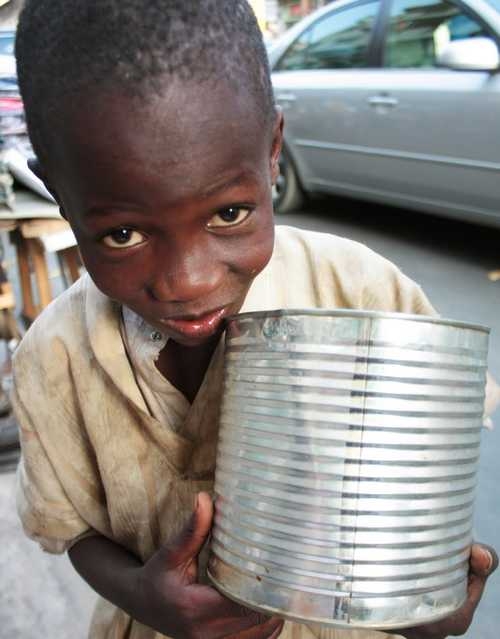Famished, dirty, unruly, filthy, neglected, and in need of parental love and affection, millions of children living this life roam the streets of most parts of sub-Saharan Africa such as Nigeria, Senegal, and Ivory Coast and in much of Eastern and Southern African countries like Kenya and South Africa. In Nigeria, they are called the Almajiri children, and in Senegal, they are called the Talibés. Wherever they are on the continent, a tainted identity is assigned to them-one that degrades their dignity and suppresses their freedoms and natural human rights.
No child wants to live on the harsh streets exposed to traumatic experiences like extreme hunger, violence, or dangers that linger in the corner in the form of physical or sexual abuse. The forced-choice of living on the streets by most children is often taken as a last resort when children have no other option to live under love and protection or not enjoy an income cover’s safety net. The Unicef estimates that these children are in the millions on Africa’s streets, but it is difficult to know precisely how many of them roam and live in the open.
Over the years, many child rights advocates, policymakers, and philanthropists have gone to great lengths to tackle this terrible condition that dishonours the world’s human family. The first step was to identify the root causes of the issues pushing children out of homes to the streets. One of the significant overarching reasons is poverty which is shadowed by religious obligations and beliefs by families in countries like Nigeria and Senegal in the cases of the Almajiri and the Talibés. Parents often want their children to take after them both in character and moral standing and one of the best ways they come up with is through religious instruction. Children are sent off to a spiritual mentor called a “mallam” or “marabout” who is supposed to take care of them. Sadly, most children who undergo this system of acquiring knowledge experience various forms of abuse and are exploited through child labour. They are paid little or nothing to work and live far away from their families.
It makes no sense that these children are denied access to education in the word’s formal definition. They do not learn the physical laws of the world or the mechanics of the arts and languages. They are banished to discover life mostly through painful experiences of failing sans redemption and without an enlightened mentor or instructor’s guidance.
As a result, most of these children end up as juvenile substance abusers, threatening their mental and social wellbeing. There are many instances where children who abuse drugs at their tender age become adults whose minds are fractured and troubled with emotional and mental disbalance-a sad end for any human being with potential. As if that is not enough, these children take one giant leap into a life centred on crime. Many of them become perpetual juvenile offenders who continue in this path until adulthood, resulting in a total waste of human capital. Little wonder, countries with an epidemic of street children fare poorly on the various indices used to measure development compared to other nations.
The most graphic change that has been plaguing these kids is that they are poached by terrorist organisations such as Boko Haram and Islamic State West Africa Province (ISWAP) to serve in various capacities as combatants, brainwashed suicide bombers or simply as porters to carry the many heavy-duty artillery of the terrorist groups. This is certainly not the ideal path for any child.
Because they are in precarious situations being homeless on the streets, they are also exposed to the elements and the dark side of nature making them vulnerable to several diseases like malaria, cholera, polio, HIV/AIDS and other life-threatening infections.
Street children are also within arms-reach of older sexual perverts who use various items to bait these kids into performing sexual acts with them. This is particularly the case for girls, but boys also fall victims to this sort of physical abuse. This can expose them to sexually transmitted infections but also traumatise them for the rest of their lives.
There is no simple solution to the problem of street children in Africa. There are both cultural and religious sentiments involved, and any drastic action taken against this menace will result in some people’s oxen being gored. Nonetheless, studies have shown that one of the most effective strategies to tackle this issue is through education, which can provide knowledge and keep them in a structured environment for some years while they stay away from the treacherous paths of the streets.
Photo credit: www.senegalblackrainbow.org/

